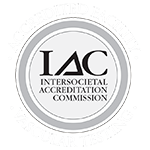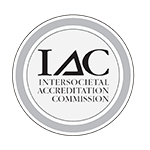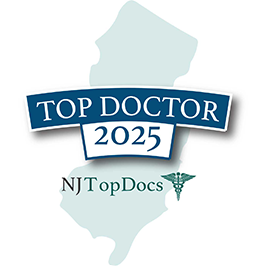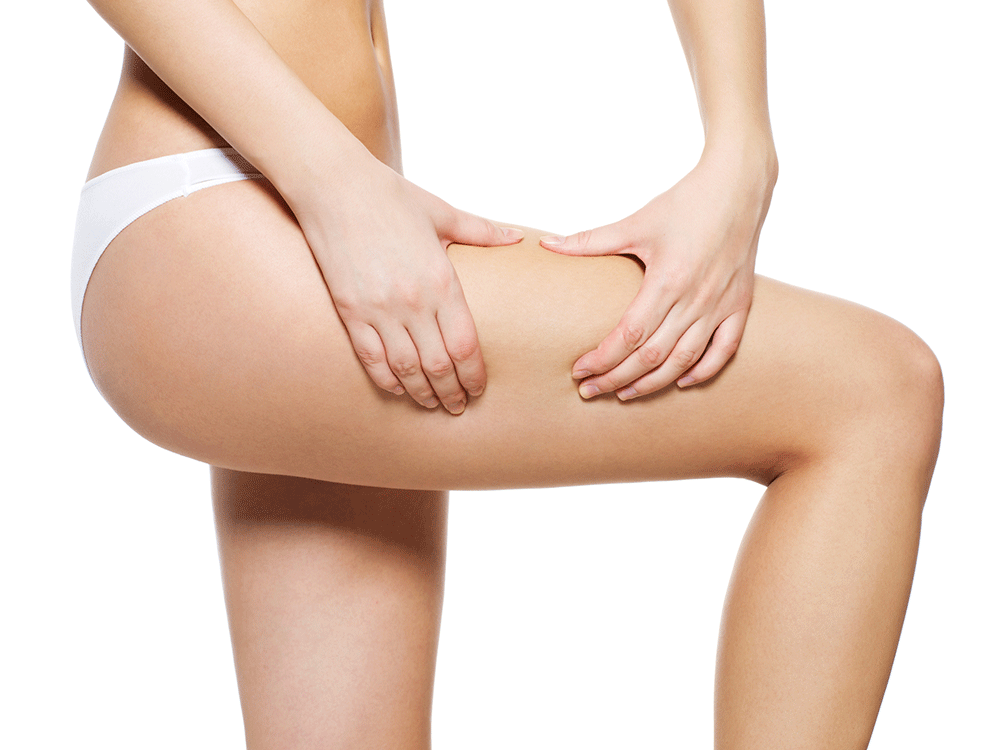
For many people, varicose veins, spider veins and reticular veins are simply a cosmetic concern. For others these vein issues can cause aching pain and discomfort and, in some cases, can lead to more-serious problems. However, with the different types of vein issues out there, how are you supposed to know what’s what? Or, more importantly, how to get rid of them?
At the Vein Institute of NJ we realize these terms can be confusing and scary. No one really wants to see their legs go through such changes with new, blue and sometimes bulging lines appearing. They can be unsightly and even painful. So, to take the worry out of your leg issues, here’s a quick overview of what’s happening and what you can do.
What’s Happening to My Legs?
Normal, healthy veins have one-way valves that keep blood moving toward the heart. But when the valves in the superficial veins of the legs and feet are not working properly, the blood can pool into the lower extremities.
The pooling of blood creates surrounding pressure and swelling internally, which may result in enlarged blue, red or flesh-colored veins that can be seen through the skin. Over time, this can lead to other changes to the texture of the skin, and ultimately leg ulcers, if not treated properly.
With continual pressure, the vein walls weaken and bulge. In time, we see a varicose vein or spider vein. Reticular veins, usually blue or purple in color, like their better known siblings, varicose and spider veins, are a common problem. Smaller than varicose veins (usually about 2mm in diameter), reticular veins do not protrude above the skin as varicose veins do. They may form areas on the inner part and back of the thighs, legs and ankles, and occasionally on the face filled with unattractive vein clusters.
Spider Veins
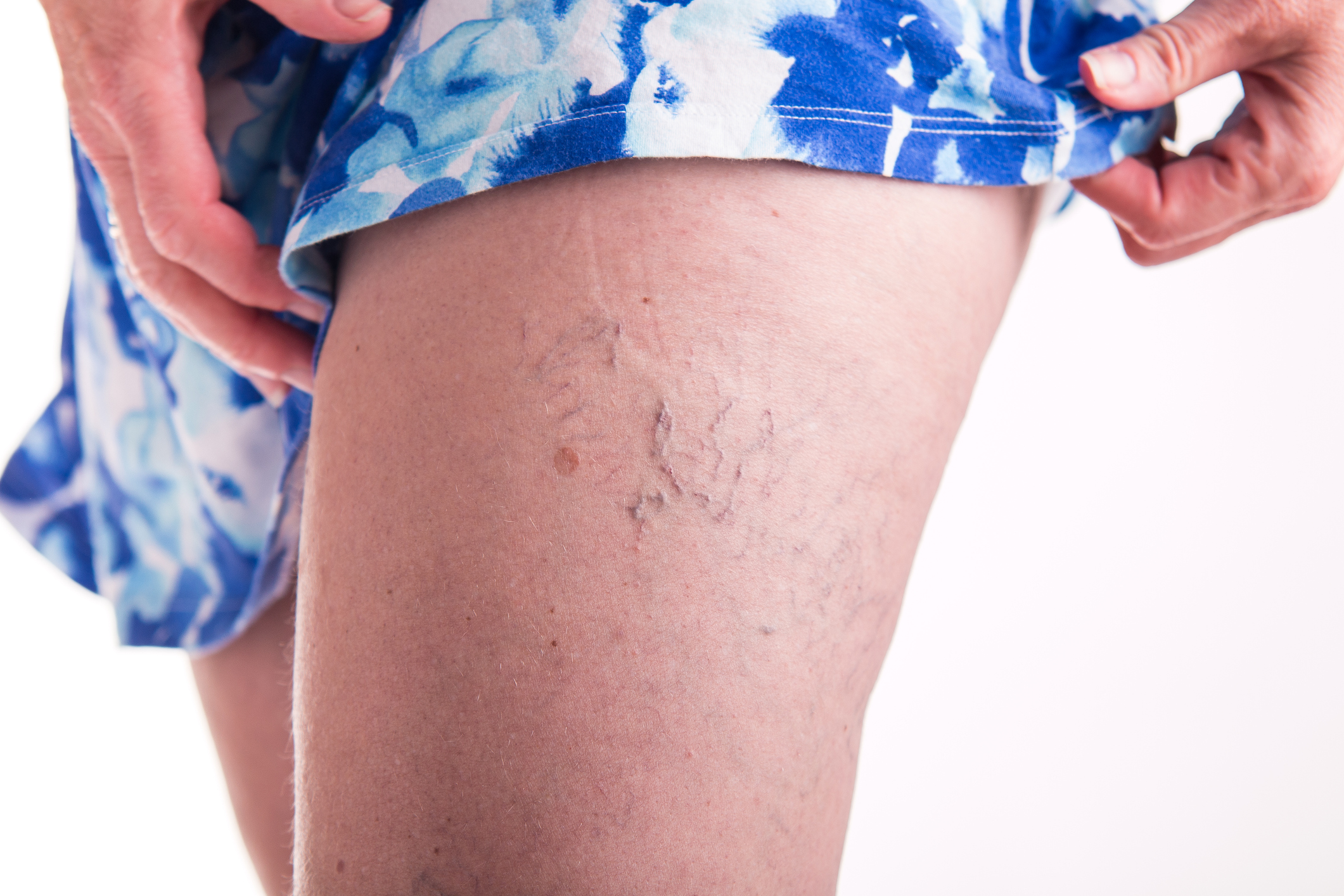
Spider veins, also known as telangiectasias, are small veins (less than 1mm) that can be seen on the surface of the skin and resemble tree branches with short, jagged lines. They are considered a milder form of varicose veins and differ in appearance, ranging from pink, red to bluish purple. You may not experience any symptoms at all, while others may feel pain or general discomfort in the affected area.
Varicose Veins
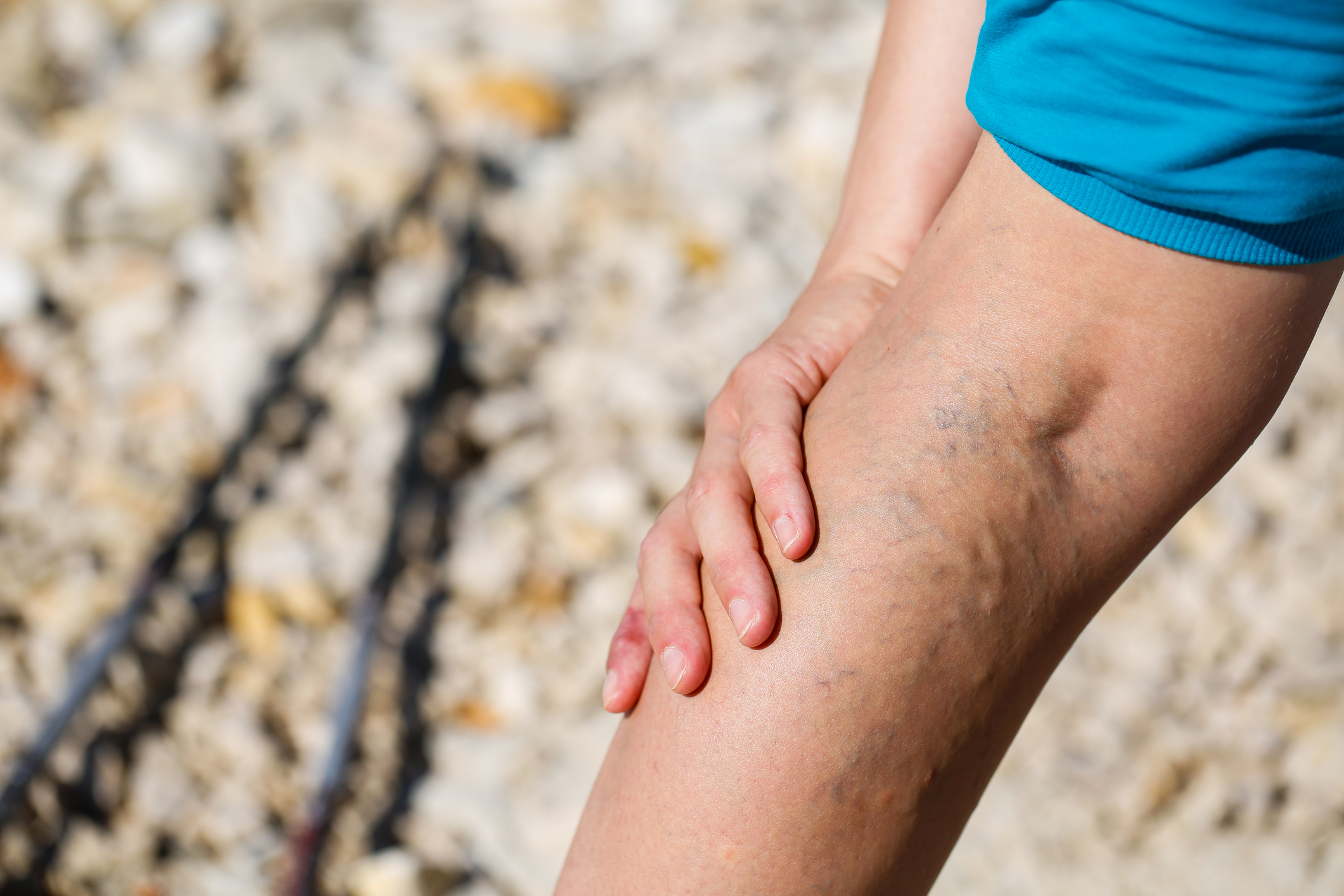
Varicose veins are dilated, twisted veins larger than 3 mm in diameter that appear beneath the skin. The veins can be purple and blue and can occur in various areas throughout the body: thighs, legs, ankles and feet. Varicose veins can bulge out above the surface of the skin. The pooled blood creates pressure and surrounding inflammation in the vein, which can lead to aching, pain, burning and cramping.
Reticular Veins
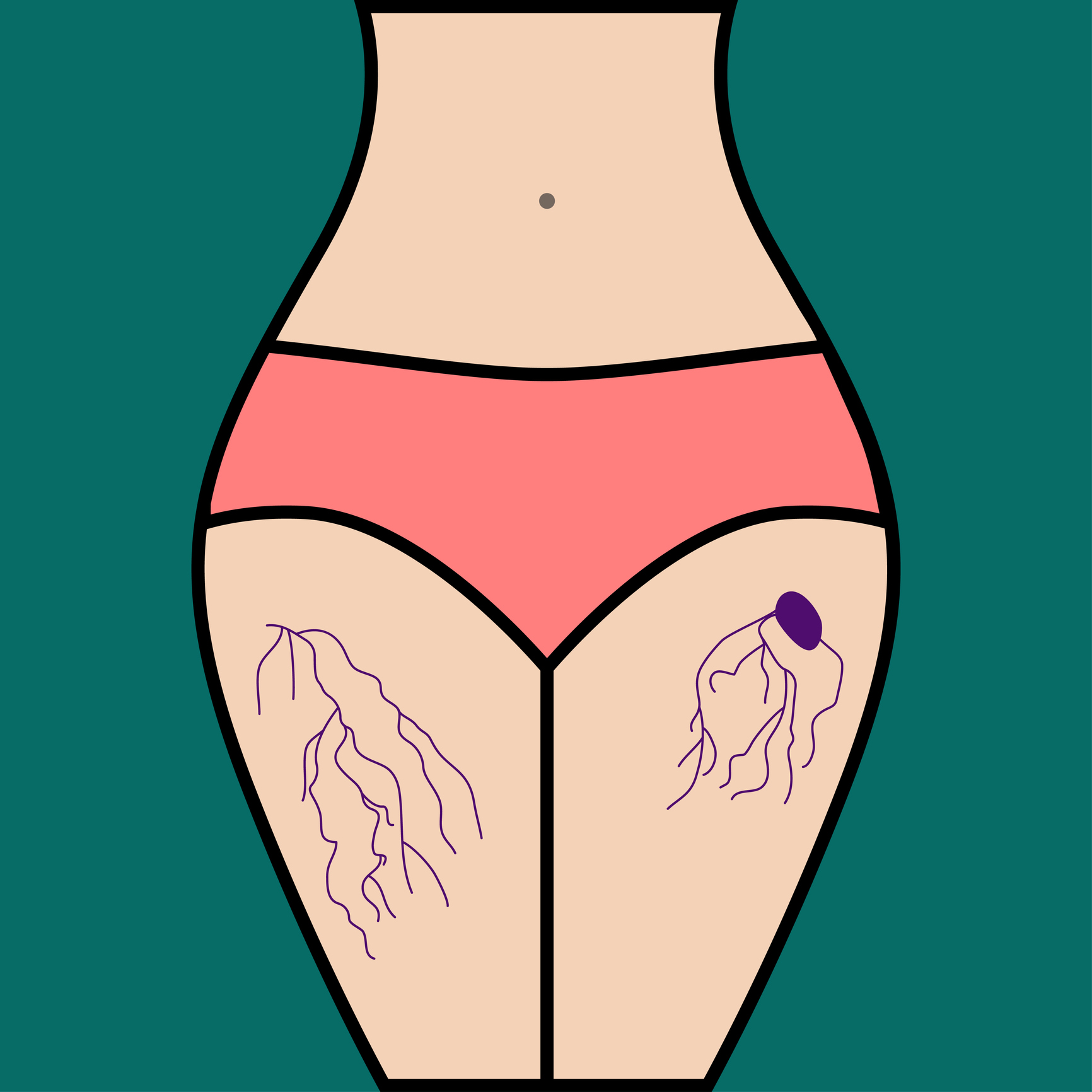
Reticular veins are small, blue or green dilated veins that appear as 1 mm to 3 mm in diameter in areas such as the legs, face or even the breast. These common veins are typically smaller than varicose veins but larger than spider veins and appear flatter and less twisted. Reticular veins are often accompanied by significant symptoms of local tenderness or burning and itching.

Risk of Developing Vein Issues
Some people have a higher risk of developing vein problems than others. Genetics may put you at a higher risk. Many people get them because they sit or stand for long periods of time. These vein problems also become more common with age and during pregnancy.
Here are some common causes:
- Family history of varicose veins are common, as venous disease is hereditary
- Previous trauma or injury can damage veins
- Gender can play a role as women are more likely to develop the condition
- Medications such as birth control and infertility drugs can increase estrogen and progesterone—hormones that are associated with higher risks for spider veins
- Pregnancy can be a contributing factor in the development of spider and varicose veins
- Obesity or being overweight
- Prolonged standing or long periods of immobility can increase pressure on the veins
When to See a Doctor
If self-care techniques such as exercising, watching your weight, moving your legs while sitting, or compression stockings have not worked and you are in pain, or simply want a better cosmetic appearance, then it’s time to make an appointment.
The good news is minimally-invasive treatment options are available. These vein treatments can get rid of or fade leg veins and provide the look you desire. Treatment can also diminish symptoms like pain and fatigue. Some common treatments include sclerotherapy and laser ablation.
Choosing the right doctor to handle your vein issues is an important decision. These days it seems everyone is offering vein treatments, from podiatrists to cardiologists to radiologists. For over 55 years, our vein specialists at the Vein Institute of NJ have been treating patients for a variety of vein diseases. In fact, we have the top-rated vein treatment centers and most experienced vein specialists in New Jersey.
Now is the best time to get answers to your vein questions. Schedule an appointment with one of our board-certified vascular doctors today!



